Entry Type: Thing - Starting with A
Arkansas Civil Rights Act of 1993
aka: Act 962 of 1993
Arkansas Civil Rights Heritage Trail
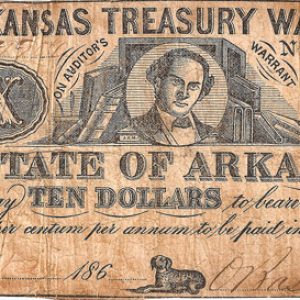 Arkansas Civil War Currency
Arkansas Civil War Currency
 Arkansas Climber
Arkansas Climber
Arkansas College
Arkansas Constitutions
aka: Constitutions of Arkansas
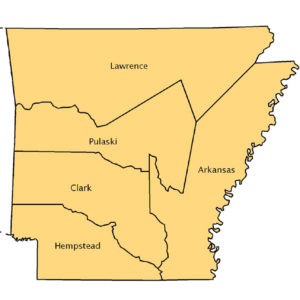 Arkansas Counties Map, 1819
Arkansas Counties Map, 1819
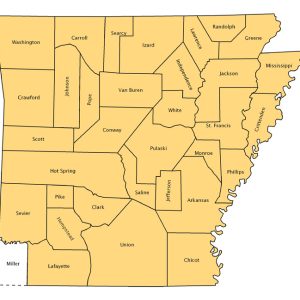 Arkansas Counties Map, 1836
Arkansas Counties Map, 1836
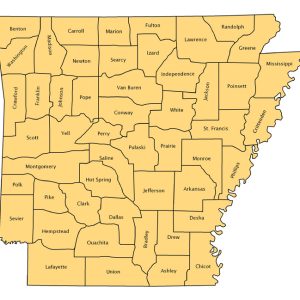 Arkansas Counties Map, 1850
Arkansas Counties Map, 1850
 Arkansas Counties Map, 2005
Arkansas Counties Map, 2005
Arkansas County Courthouse, Northern District
Arkansas County Courthouse, Southern District
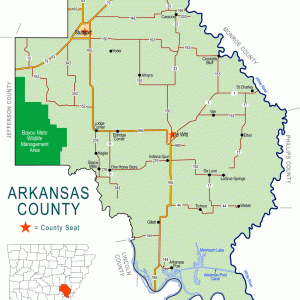 Arkansas County Map
Arkansas County Map
Arkansas Creed
 Arkansas Cyprinids
Arkansas Cyprinids
 Arkansas Darter
Arkansas Darter
Arkansas Darter
aka: Etheostoma cragini
 Arkansas Delta Morning Mist
Arkansas Delta Morning Mist
Arkansas Democrat-Gazette
Arkansas Department of Agriculture (ADA)
Arkansas Department of Corrections
Arkansas Department of Energy and Environment (ADEE)
Arkansas Department of Finance and Administration (ADFA)
Arkansas Department of Health (ADH)
Arkansas Department of Human Services (ADHS)
Arkansas Department of Labor and Licensing (ADLL)
Arkansas Department of Public Safety (ADPS)
Arkansas Department of Transportation
Arkansas Department of Veterans Affairs (ADVA)
Arkansas Derby
Arkansas Division of Aeronautics (ADA)
Arkansas Division of Career and Technical Education (ADCTE)
Arkansas Division of Community Correction (ADCC)
Arkansas Division of Higher Education
Arkansas Division of Information Systems (DIS)
Arkansas Division of Rural Services
Arkansas Division of Workforce Services (ADWS)
 Arkansas Dragonflies
Arkansas Dragonflies
 ASTA Lapel Pin
ASTA Lapel Pin
 Arkansas Exhibition
Arkansas Exhibition
Arkansas Faith
Arkansas Farm Bureau Federation
Arkansas Farm Family of the Year Program
Arkansas Fatmucket
aka: Lampsilis powellii
Arkansas Female College
Arkansas Fonts
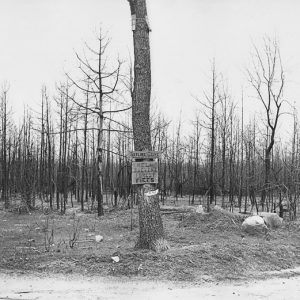 Arkadelphia Fire
Arkadelphia Fire




